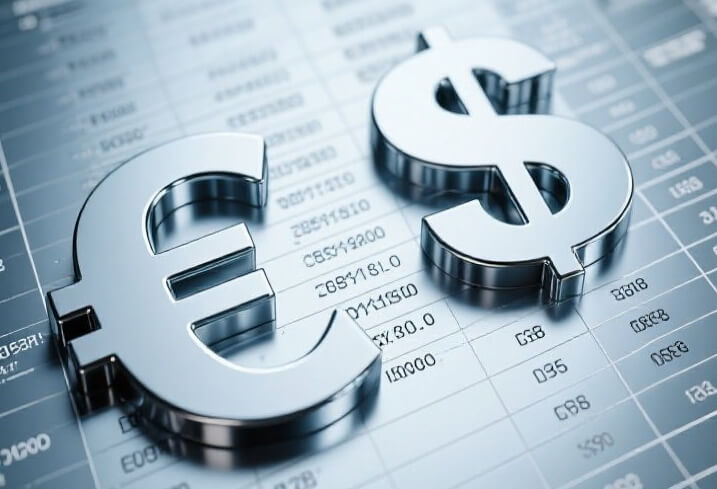EUR/USD softens to around 1.1635 in Wednesday’s early European session.
Traders await the Fed’s annual Jackson Hole symposium on Friday to see whether Powell pushes back on rate cut bets.
A possible agreement to legitimize or end Russia’s invasion of Ukraine might cap the pair’s downside.
The EUR/USD pair extends the decline to near 1.1635 during the early European trading hours on Wednesday. The US Dollar (USD) strengthens against the Euro (EUR) as traders await the Federal Reserve’s (Fed) annual Jackson Hole symposium later on Friday for clues on the US interest rate path.
A weak US Nonfarm Payrolls (NFP) report earlier this month and cool Consumer Price Index (CPI) inflation data raised the odds for a Fed cut on September 17. Nonetheless, a hotter-than-expected Producer Price Index (PPI) reading last week complicated the Fed’s policy picture.
Traders pared bets on a rate cut at the US Federal Reserve (Fed) at the September meeting, providing some support to the Greenback. Financial markets have priced in nearly 84% odds of such reductions and anticipate about 54 basis points (bps) of rate cuts by year-end.
The speech by Fed Chair Jerome Powell will take center stage on Friday as traders will keep an eye on any pushback against market pricing of a rate cut next month. If Powell leans dovish on interest rates, this might drag the USD lower and act as a tailwind for the major pair.
Across the pond, the European Central Bank’s (ECB) President Christine Lagarde speech will be the highlight on Wednesday. The remarks from ECB policymakers might offer some hints about the interest rate outlook in the Eurozone. Forward contracts on the ECB’s official overnight benchmark interest rate, the euro short-term rate (ESTR), imply around a 60% probability of a 25 basis point rate cut (bps) by March and a deposit rate of 1.92% in December 2026.
Meanwhile, a potential agreement to legitimize or end Russia’s invasion of Ukraine might help limit the EUR’s losses. US President Donald Trump said on Tuesday that arrangements were being made for a meeting between Russian President Vladimir Putin and Zelenskiy, which could lead to a trilateral summit involving all three leaders. Any possible peace deal implies lower energy costs and reduced geopolitical uncertainty in the Eurozone, which generally provides some support to the shared currency.
